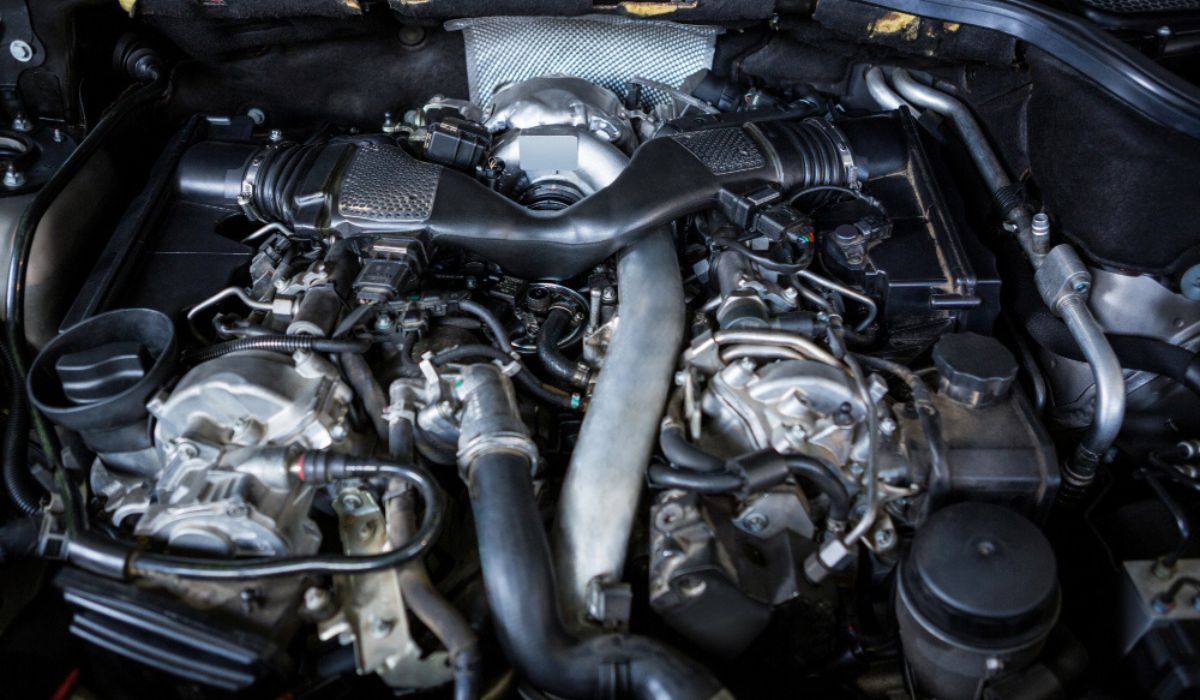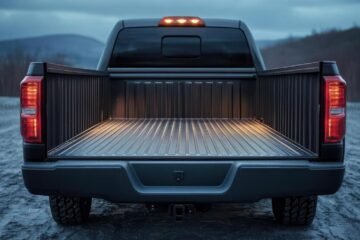The roar of a muscle car turns heads long before it comes into view, and aftermarket exhaust systems are often the upgrade behind that unmistakable sound. For drivers of iconic performance machines like the Corvette, Camaro, or Mustang, the exhaust system plays a powerful role in performance, tone, and personality.
Before driving down the road to custom exhaust options, however, it’s worth making a pit stop to see what sets these systems apart and how to choose the right one based on your goals, driving habits, and the character of your car.
Performance Meets Sound
An aftermarket setup changes more than just sound. It transforms the driving experience. The factory exhaust on most models is designed to meet a range of regulations and comfort expectations, which can restrict the vehicle’s natural output.
Swapping it for a performance-oriented system allows air to flow more freely, which can sharpen throttle response and lead to gains in horsepower and torque. For Mustang products, this often means a throatier idle and a snappier pull through the rev range. Camaro products might exhibit a deeper, more aggressive growl.
That said, the right system isn’t only about peak performance. It’s about tuning the experience to match your preferences. Some drivers favor a clean, refined tone. Others want a loud, unapologetic snarl that screams performance.
The beauty of the aftermarket exhaust systems world is in its many choices. Think cat-back, axle-back, header-back setups, etc., all offering different levels of change and customization.
Materials Matter
Choosing the right materials for your exhaust upgrade affects both longevity and output. Most aftermarket exhaust systems are crafted from either aluminized steel or stainless steel.
Aluminized options tend to be more budget-friendly but may not last as long in environments that see a lot of moisture or road salt. Stainless steel, especially T304-grade, is more durable and resists rust better. That’s an important consideration for long-term ownership.
For Corvette products, in particular, many owners lean toward stainless-steel systems not only for durability but because it suits the car’s high-end, high-performance design language. These materials also impact sound. Thinner steel can sometimes result in a slightly raspier tone, while thicker piping tends to produce deeper notes.
Fitment, Compatibility, and Design
Before installing a new exhaust, the fit should be carefully considered. Not every system fits every year or trim of a Chevrolet, Ford, or performance model. Differences in underbody layout, mounting points, or engine setups can influence compatibility. This is especially relevant for models with different wheelbase lengths or convertible versions.
The layout of your wheels and tires also matters. Wider aftermarket wheels can shift clearances, especially near rear mufflers or tailpipes. Some aggressive offset choices or lowered suspensions might require slight modifications to the exhaust path.
Design also plays a part in how a car breathes and sounds. X-pipes and H-pipes are common configurations that shape the tone of a V8 engine in unique ways. X-pipes tend to produce a smoother, higher-pitched sound, while H-pipes give a deeper, more traditional muscle-car note. It’s a matter of taste, but the difference is immediately noticeable.
Emissions and Legality Considerations
While performance is a major focus, it’s important to remain aware of local and federal laws regarding emissions and noise. Some aftermarket exhaust systems eliminate or modify components like catalytic converters or resonators.
Though such changes may benefit performance, they can also push a vehicle outside of legal parameters for street use.
In many states, emissions testing is tied to registration. A system that bypasses pollution controls could result in a failed inspection. For those who track their Mustang, Camaro, or Corvette, this might not be a concern. However, daily drivers should weigh this aspect carefully.
Beyond emissions, noise ordinances have become more common in recent years. A car that sounds great at wide-open throttle might attract unwanted attention around town. Look for systems that strike a balance. Many manufacturers offer multiple volume levels or include valves that adjust sound based on driving mode.
Factory Warranty and DIY vs. Professional Installation
A common concern among performance enthusiasts is whether an exhaust swap might affect the factory warranty. In many cases, the parts themselves are covered under aftermarket warranties. However, improper installation or non-compliant modifications can create complications. That’s why it’s often safer to trust experienced installers who know how to work with these specific accessories.
Still, plenty of owners enjoy installing their own systems. A bolt-on cat-back or axle-back kit might be a satisfying weekend project if you have access to ramps and basic tools. Just be mindful of proper torque specs, gasket sealing, and hanger alignment to avoid rattles or leaks down the road.
For modern Ford and Chevrolet models, especially those with active exhaust systems, electrical components might also come into play. Incorrectly bypassing or modifying these controls can trigger warning lights or limp modes. That’s something no enthusiast wants to deal with during a spirited drive.
Choosing the Right System Based on Driving Style
Not all aftermarket exhaust systems are built with the same goals in mind. A system ideal for weekend cruises might not suit the track, and vice versa. Track-oriented drivers often lean toward lighter systems with minimal restriction, sometimes deleting mufflers altogether.
This saves weight and maximizes performance, but also results in cabin noise, which is something to consider for daily driving. On the flip side, touring-style setups allow for a better blend of performance and comfort. They retain some damping in the interior, reduce drone, and still deliver a more assertive sound over stock.
For those who log long highway miles or commute in their muscle car, this middle ground is often the sweet spot.
Camaro drivers tend to favor that muscle car rumble, while many Corvette enthusiasts look for a more refined, exotic pitch. Mustang fans often enjoy the versatile growl that comes from modular V8 tuning. This is especially true when matched with the right headers and mid-pipes.
Choosing a system that brings out the best in your platform’s engine is part science, part art.
Don’t Forget the Looks
While performance and sound often steal the spotlight, appearance plays a meaningful role. The look of polished stainless tips peeking from beneath the exterior bumper adds polish to a build. Many aftermarket systems offer different tip styles (slash-cut, dual wall, carbon-fiber wrapped, or even black ceramic coated) for a personalized finish.
Quad tips are especially popular among Corvette and newer Camaro products, giving the rear profile a meaner, more aggressive stance. For Mustang products, staggered dual tips or centered layouts are trending. It’s not just about how it sounds. It’s about how it looks when you walk away and glance back one more time in the parking lot.
Making the Investment Count
Performance upgrades can be contagious. Start with an exhaust, and soon you might be pairing it with intake mods, tuning, or suspension tweaks. But as a standalone upgrade, few parts match the immediate feedback and satisfaction of a new exhaust.
The engine breathes better, sounds bolder, and your car gains a new identity on the road.
Whether your goal is to command attention or just enjoy a more connected driving experience, choosing wisely matters. Take your time, research your options, and don’t just follow trends. Build your car to suit you.
Drive Deeper with the Right Exhaust System
When you install a custom exhaust on your Chevrolet, Ford, or American muscle platform, you’re not just replacing a part. You’re giving the vehicle a new voice. These aren’t cookie-cutter cars; they deserve more than average upgrades.
Aftermarket exhaust systems offer a way to bring out the soul of the machine: visibly, audibly, and viscerally. Pair that with upgraded brakes, custom wheels & tires, and thoughtful accessories, and you’ve got a machine that’s every bit as thrilling as it looks.
Make your next move count, because real performance is never stock.




